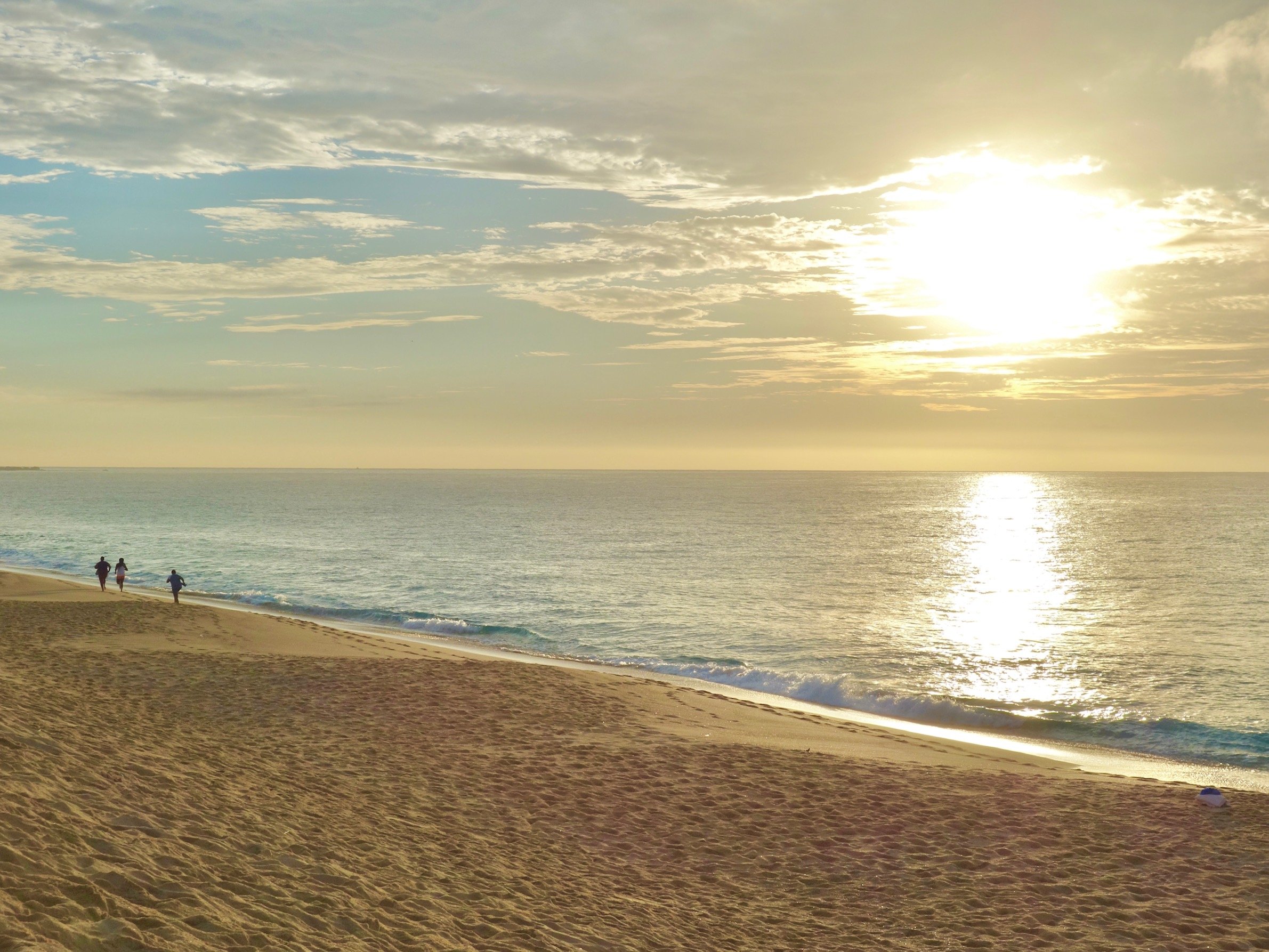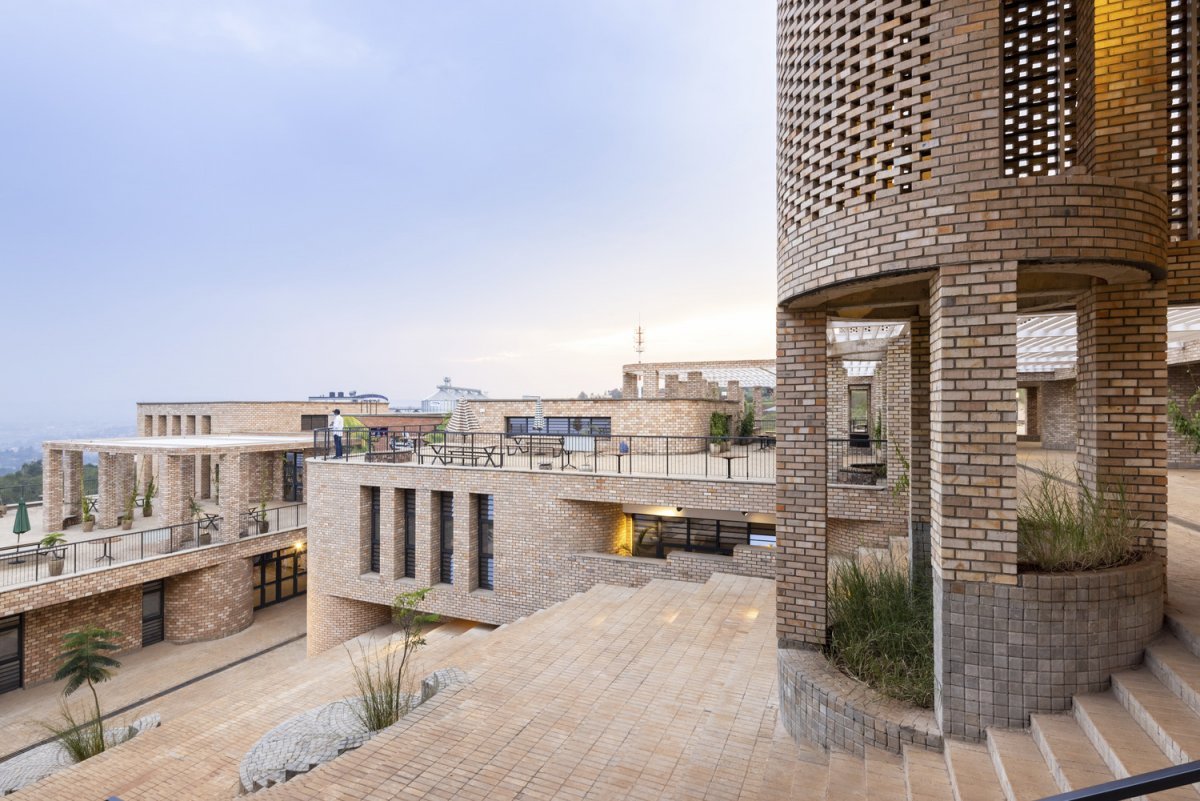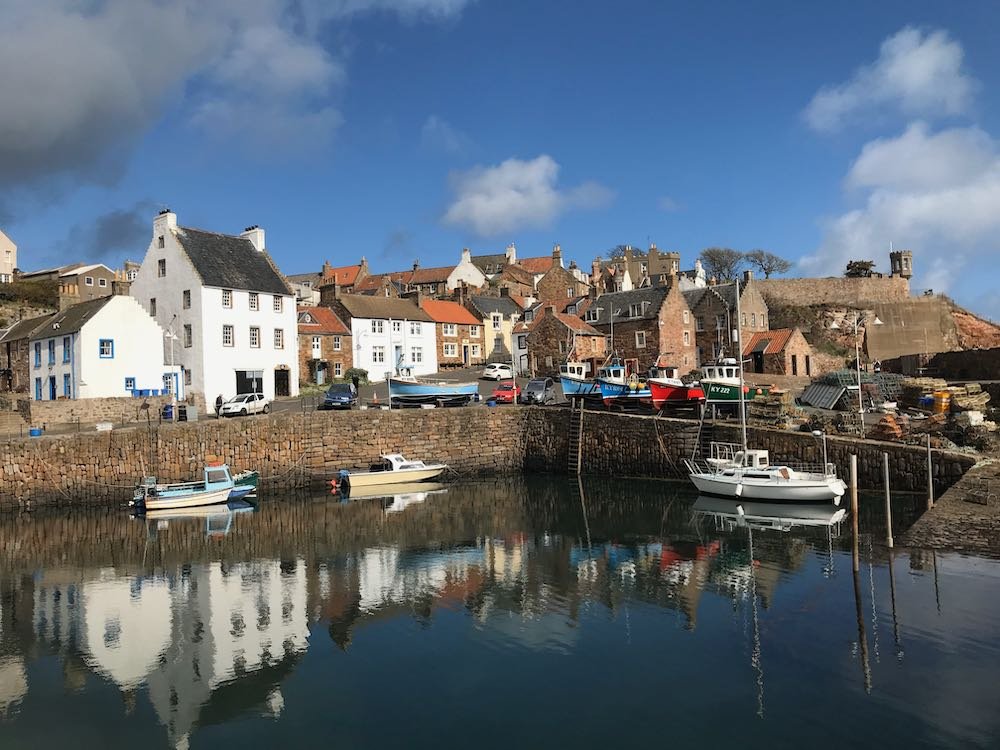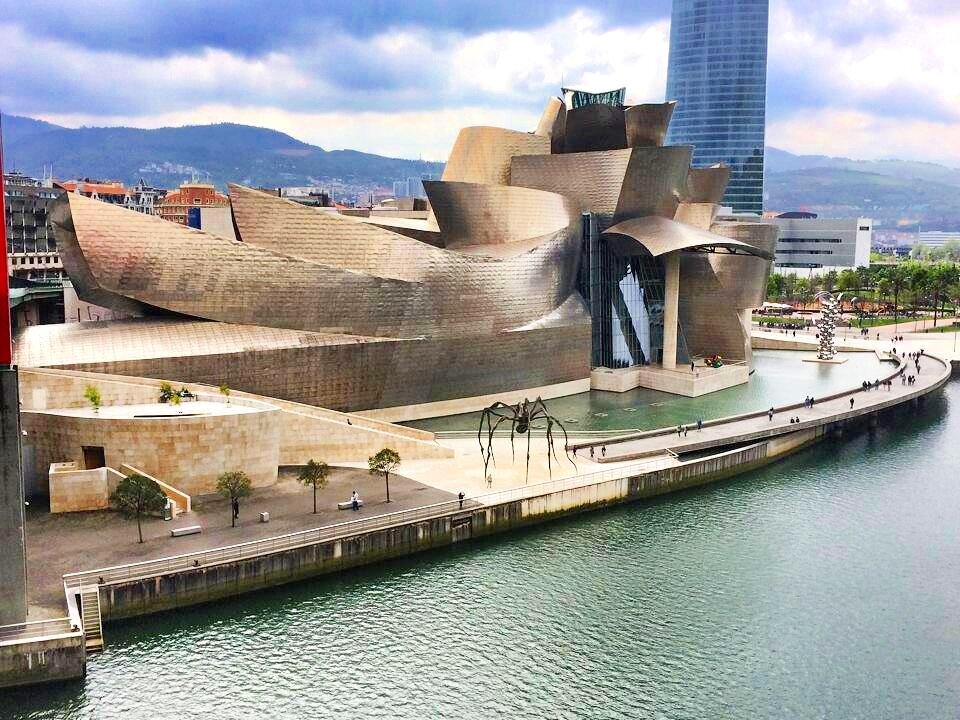
GC Columns
Curated, expert insight and advice to help make the most of your travels.
BLOG ROLL
Browse our latest articles and discover stories to fuel your travel passion.
Ella McBride: A Woman ahead of Her Time
In honouring Women’s History Month, I have chosen a woman I never had the chance to meet. Her images have always captivated me and grace the walls of my home, and I have heard countless stories of her from my dad and his siblings.
Multilingualism: The Gift That Keeps on Giving
Like most Americans, I did not learn to speak a foreign language until I was a teenager. My first attempt, German, was a disaster. I managed to somehow eke out a passing grade during my two years of German, and can confidently count to twenty, say ja und nein, please, and thank you. I can also order a beer, but that was not part of our middle school curriculum: I learned to do that while traveling in my 20s.
Can Your Flight Be Made Better for the Environment?
A major environmental downside to travel is the carbon footprint it leaves but there are movements underway and things we can do individually to minimize this impact. One of the biggest polluters are airlines, which emit 3.5% of the world’s carbon emissions. While that might not seem like a big percentage, reducing emissions in this field is important, and sustainable aviation fuels are key.
Biodynamic Farming: A Balancing Act
In the 1920s, Dr. Rudolf Steiner was a major contributor to what we know as biodynamic farming. This type of farming practice is based on creating a balanced environment for the crop while always keeping in mind holistic, ethical, and ecological elements that surround it. However, many are skeptical because of its cosmic and mystical considerations.
East and West, Red is Best—Ringing in the New Year!
Tour guide Lisa Anderson helps uncover some special New Year’s traditions.
Christmas Lights in Bermuda’s Historic Town of St. George’s
Scottish Blue Badge guide Susan Brown [Eyes on Scotland and Eyes on Bermuda] spends her winters in sunny Bermuda (lucky lady!), and this year, she’s giving us a photographic tour of the the island’s town of St. George all decked out in holiday lights.
Women Artists inspired by Nature and Their Native Scotland
For my third installment on the theme of artists and artisans, I’m introducing some of my favourite artists whom I have been following on social media for a few years now. They range across a variety of media, but perhaps unsurprisingly for a Scottish Blue Badge guide, all of these artists are Scottish. Indeed they are all based on the west coast of Scotland—two in the county of Argyll and two on the Isle of Harris in the Outer Hebrides.
The Marine Life-Inspired Artwork of Sam McDonald
Sam McDonald is fascinated by the beams of light that penetrate the water and illuminate aspects of the fish who seem to be oblivious to his presence. It is this regular interaction with the marine environment which has given Sam the insight to create such beautiful pieces by mixing resin and traditional metal working techniques, patination, and pewter, gold leaf, brass, and other metals.
MASS: The Convergence of Architecture, Health, and Local Talent for the Greater Good
The founders of MASS ended up taking what they learned at Harvard and melded that with what they learned working with locals in Rwanda. It prompted them to develop an ethos for all their projects: design beautiful buildings, help as many local people as possible, source local materials and labor, and provide smart, natural air flow for a healthier environment.
Talented Bermudian Artisans with a Focus on Sustainability
Living on an island means that local raw materials are finite, and part of wood craftsman Alex’s ethos is to reuse and repurpose discarded wood, whether it be windfall, landscaping waste, ocean flotsam and jetsam or off-cut wood. Chris, a designer of rope art, believes in sustainability wherever possible and repurposes discarded ropes that he finds in the ocean, as well as working with new ropes.
Truffles: Mother Nature’s Artisanal Creation
If there is a fungus that deserves to be in all history books, it should be the Truffle. We have records from the Mesopotamian Empire (3000 BCE) where the Sumerians would eat truffles. In Egypt, there are hieroglyphs the depict the offering truffles to the deities. Greeks and Romans loved them—Emperor Nero said “Truffles are a delicacy of gods.''
Unlocking the Story of Scotland through its Architecture
Over eons, Scotland was situated at the intersection of colliding continents, creating an unrivalled geological diversity that is reflected in the stone of our buildings. Before the advent of transport links, materials were sourced locally, giving rise to regional variations that are very much a part of today’s landscape…Stone-built buildings were substantial and able to withstand the test of time, leaving us a rich, architectural heritage.
The World’s Largest Elliptical Dome at Italy’s Sanctuary of Vicoforte
Sometimes called “the king of all roofs,” domes cover some of the most important buildings in the world. Curved structures without angles or corners, they require no columns, and they maximize the space below. This expanse often houses something spectacular or simply creates an elegant, open space in which many people can congregate. Despite their thinness, they are strong, stiff, and able to stand for centuries.
Maggie’s Centres: The Healing Power of Architecture
The mission was to provide free, global care for cancer patients with the help of great architecture. Maggie understood the impact environment and design can have on someone dealing with cancer. She knew —from the point of view of both patient and family—the need for “thoughtful lighting, a view out to trees, birds and sky” and the opportunity “to relax and talk away from home cares.” She knew how the “kitchen table” is often at the centre of people’s lives.
Can a Building Reshape a City? The Guggenheim and the Transformation of Bilbao
In the 1980s, the city of Bilbao in Spain was a total disaster—not the kind of city you wanted to visit. It suffered incredibly high unemployment rates, street violence, drug dealing on every corner, and to top all of these, ETA (Euskadi Ta Askatasuna or “Basque Homeland and Liberty,” the now extinct Basque terrorist band) embraced Bilbao as its unofficial headquarters. There was no trace of the glorious past of the city.
The Cerettos: One Family’s Impact on Barolo Through Architecture
“In many ways food and wine are art, evoking feelings and emotions which create memories and give you a sense of place. Thanks to the Ceretto family, cultural points of interest now dot the landscape, with the installation of iconic pieces of art.”
To Study or Not to Study: A Look at Education in Spain
In Spain, a child has to attend school from the age of 6 until 16. By the time they have finished these mandatory 10 years, they are required to have attained a minimum level in Mathematics, World History and Spanish Literature/Grammar, together with a basic knowledge of Chemistry, Biology, and an understanding of World Geography. You also have to be able to communicate in English.
Back to School: Travel as the Best Teaching Tool
What is even more rewarding than studying the thoughts and motives of outstanding philosophers and impactful statesmen? Traveling to their part of the world. Stepping where they have stepped. Seeing and touching for ourselves where they formulated and expressed their ideas. Can you think of a better education than that? I can’t.
An American Expat’s Take on Early Childhood Care and Education in Italy
Where the Italian school system steps up beautifully is for families with children between 3-6 years old. Scuola materna is not mandatory; children are not required to start school until 1st grade, but I have never met a parent who hasn’t used it at least part time. Italians believe that socializing their children is incredibly important, and that children should be with other children. In families where having only one child is now the norm, daycare is essential for meeting this need.





























